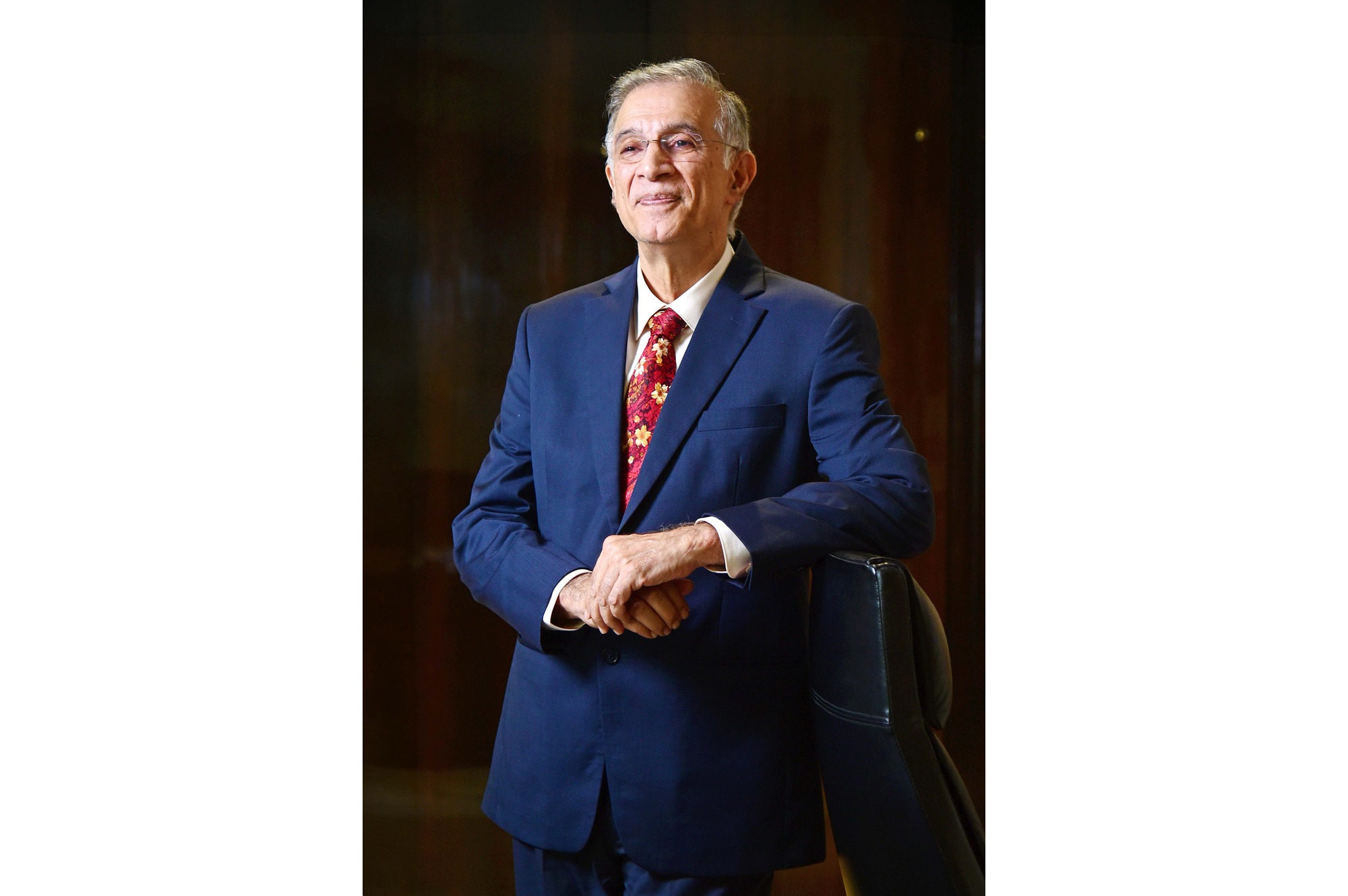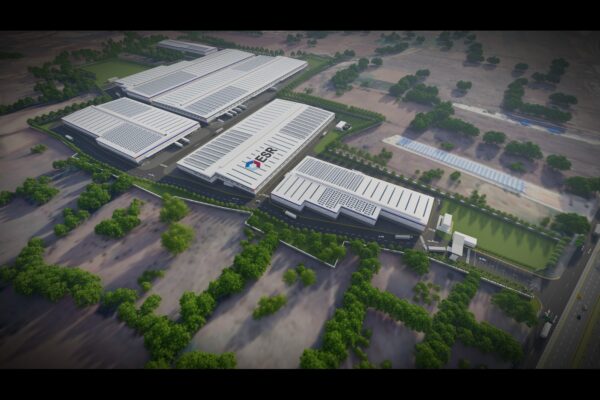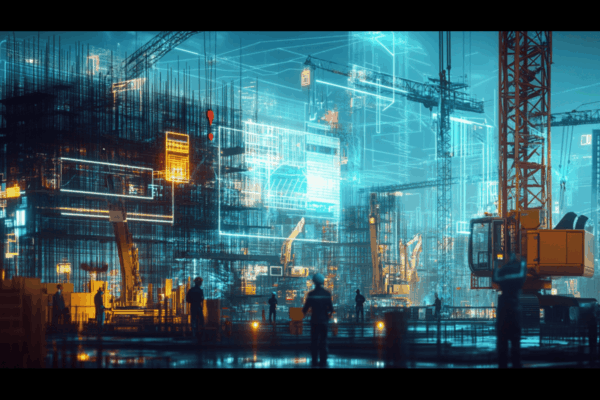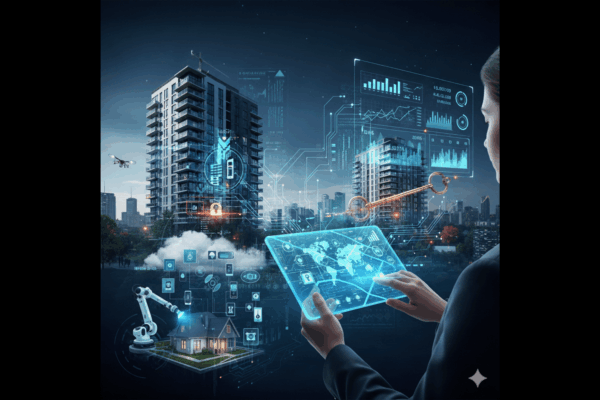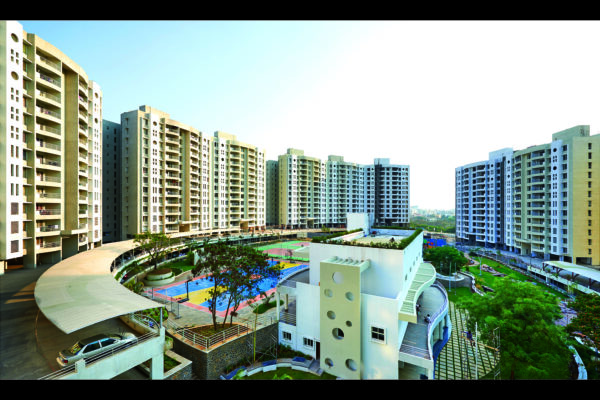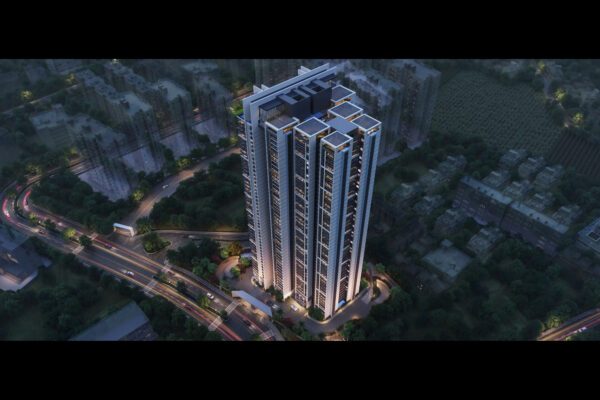Interview: Technology has created a unified language for all departments, says Dr Niranjan Hiranandani, Chairman, NAREDCO & Hiranandani Group
How has digital transformation influenced your project planning and execution processes?
At Hiranandani Group, digital transformation has fundamentally reshaped our planning and execution frameworks. We used drone surveys extensively for land acquisition to evaluate topography and optimize feasibility during the Covid-19 days. On the execution front, we’ve integrated ERP systems and real-time dashboards to monitor progress, trigger escalations, and enable swift problem-solving. These tools enhance transparency, accountability, and agility across the board.
What role do technologies like BIM, AI, and IoT play in your current development projects?
BIM, AI, and IoT are deeply embedded in our development lifecycle. We use AI-driven architecture apps and 3D image modeling to simulate design outcomes and resolve spatial conflicts early. Smart home integrations powered by IoT, such as mood-sensing systems and automated lighting enhance end-user experiences. These tools allow us to design smarter, build faster, and deliver intelligently.
How have virtual tours and other digital marketing tools changed the way you engage with potential buyers?
Digital engagement has become a key pillar of our sales and marketing. AI chatbots, virtual video calls, and immersive 3D walkthroughs now serve as the first touchpoint for many buyers. These tools have allowed us to reach global audiences, reduce site visits, and enable decision-making at a customer’s convenience. It’s about empowering the buyer with information and experience digitally, seamlessly.
What challenges have you faced in adopting new technologies on your sites, and how have you overcome them?
One key challenge was aligning legacy systems with new-age tech platforms. We addressed this by investing in ERP upgrades and offering targeted training programs for on-ground teams. For newer construction technologies like MIVAN shuttering, we ensured early adoption through pilot projects and external collaborations. Our escalation dashboards also help resolve implementation hurdles swiftly and at scale.
How do you see technology improving collaboration between your design, construction, and sales teams?
Technology has created a unified language for all departments. Our ERP systems link design inputs with construction execution and sales strategies. Teams can now view common dashboards, access real-time data, and respond to cross-functional queries immediately. This synergy reduces duplication, accelerates approvals, and enhances the overall responsiveness of our operations.
In what ways has digitalisation helped you reduce project delays and cost overruns?
Tools like MIVAN construction tech, integrated monitoring systems, and escalation dashboards help us track deviations early. Digitally mapping timelines and vendor dependencies gives us foresight to mitigate risks. Over time, this has led to reduced delays, more predictable costs, and better client trust in our delivery timelines.
How are you leveraging data analytics to make better decisions regarding site selection, design, or sales strategy?
Data analytics plays a crucial role, especially during land acquisition and sales planning. Drone-based land surveys and geospatial data help in early-stage evaluations. On the design front, we use feedback loops powered by customer behavior analytics to refine layouts. In sales, AI tools help us anticipate demand, price elasticity, and marketing effectiveness across geographies.
What steps are you taking to incorporate sustainable and smart building technologies into your developments?
We have embedded sustainability into the very DNA of our developments. Smart homes feature energy-efficient systems and mood-based automation. CCTV and IoT-driven safety systems enhance security while conserving resources. We also integrate mechanised parking to reduce space wastage and enable efficient urban mobility. These choices reflect our commitment to building for tomorrow.
How important is customer experience in your digital strategy, and what tools do you use to enhance it?
Customer experience is at the heart of our digital transformation. Our AI chatbots offer 24×7 support, while digital CRM platforms ensure timely updates post-booking. Virtual calls and walkthroughs allow for deeper engagement even before a physical site visit. We’ve made the buying process transparent, responsive, and convenient because today’s buyer expects a tech-enabled journey from interest to handover.
What emerging technologies do you believe will be game-changers for real estate development in the next 3–5 years?
I see digital twins, generative AI in urban design, and blockchain-based smart contracts as true game-changers. These technologies will usher in a new era of precision, trust, and automation. At Hiranandani, we’re already laying the foundation for this future by investing in adaptable digital infrastructure, sustainable tech, and intelligent design systems.
Tags

